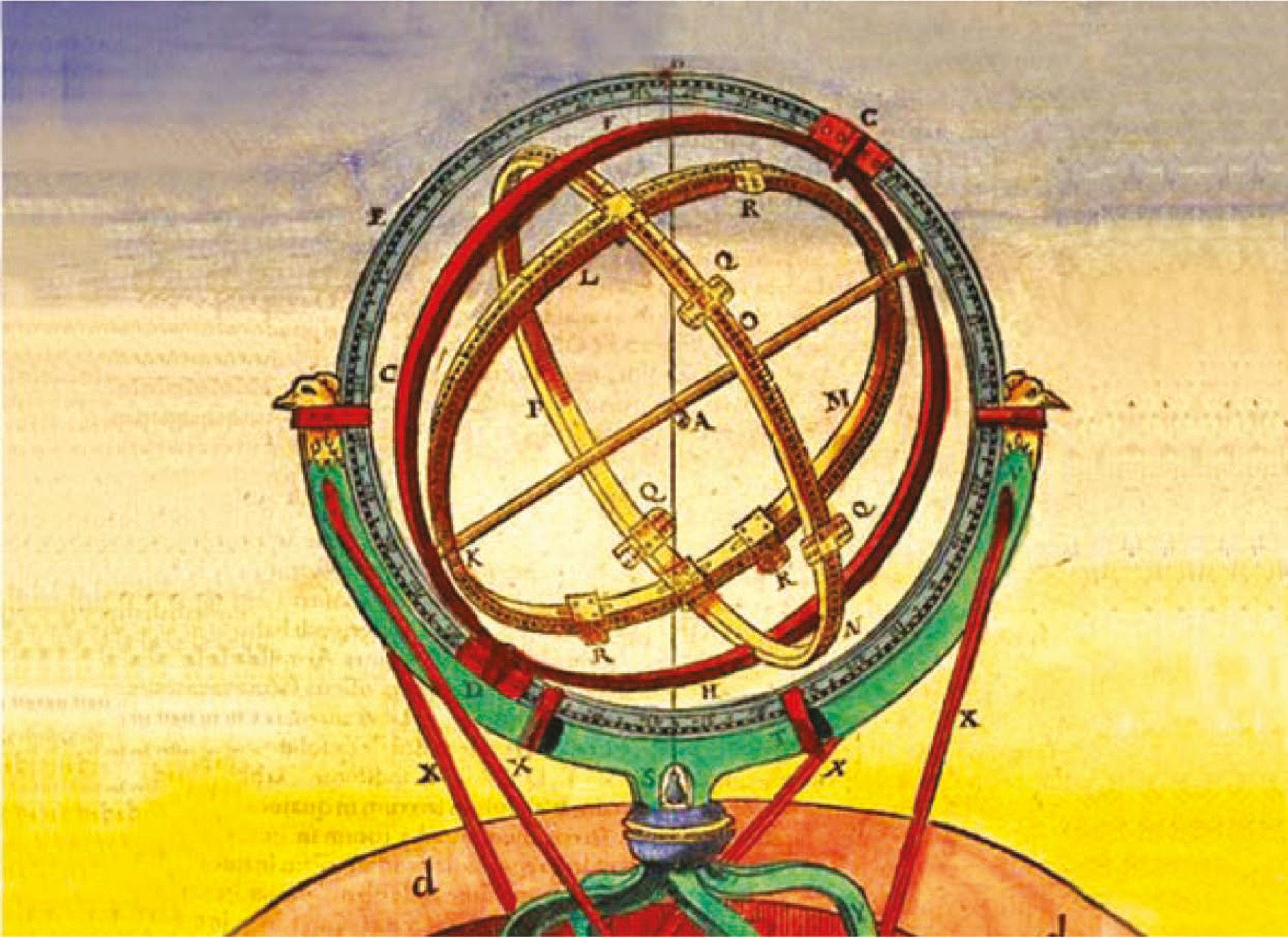How could administrators or institution leaders use a survey methodology to better understand how much innovation is happening in their system or institution, whether actors have different perspectives on it, and how can they approach innovation itself from different perspectives? This is what this part of this publication is about.
First, it explores the research literature and practice on how to measure important dimensions of the innovation process and outcomes and its applications to education, particularly at the level of educational institutions such as schools (chapter 2). This purpose is met through an evaluation of existing research on innovation, including relevant questionnaire surveys in education.
Second, it presents three sets of model questionnaires for measuring innovation in education (chapters 3, 4 and 5) that are based on this research as well as on the previous OECD experience in this area (OECD, 2014[1]; Vincent-Lancrin et al., 2019[2]). The questionnaires are designed to help local, regional or national public authorities, school principals, or tertiary education managers, to:
Better understand the process of innovation in education and associated activities and the main factors that influence innovation.
Monitor changes in pedagogical and administrative practices, including the adoption of innovative practices.
Identify differences in innovation at the primary, secondary and tertiary education levels (and possibly other sectors such as early childhood and training).
Identify the drivers or sources of innovation in different domains and at different levels.
Collect data that can be used to link innovation to existing evidence on educational outcomes.
The three sets of questionnaires include: a main questionnaire that covers all innovation activities (chapter 3), a module of questions for inclusion in other surveys that collects data on the innovation culture of educational institutions (chapter 4), and a questionnaire on the use of innovation to improve equity in education (chapter 5). The first questionnaire is primarily designed to collect statistically representative data (chapter 3), while the primary function of the other two questionnaires is self-reflection (chapters 4 and 5), although they can also be used to collect representative data.
As summarised in Table 1.1 different questionnaire versions were developed for school leaders and teachers and versions of the innovation culture module and equity questionnaire were also produced for students.
